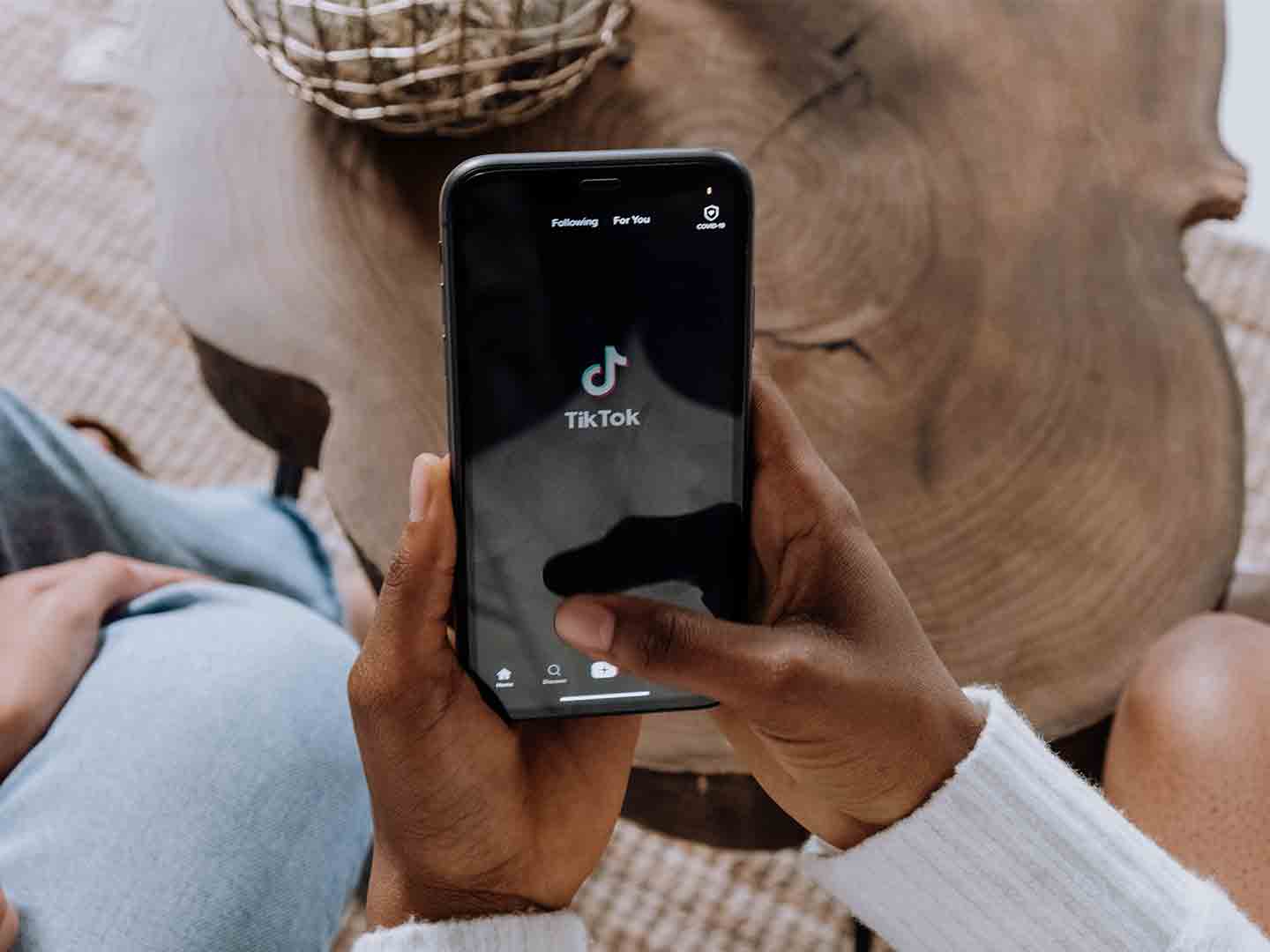
Last month, we highlighted an influencer marketing report that projected a $13.8 billion investment in this media channel in 2022. The buzz about influencer marketing is growing and your clients may be spending money on this format. But is your client’s influencer marketing program a success?
How Businesses Are Running their Influencer Marketing Programs
Most businesses aren’t in the position to dramatically increase their ad budgets. When a new format comes along, if a business wants to try it out, they usually borrow from another part of their budget. According to Influencer Marketing Hub, around 83% of businesses shift funds from their existing marketing budget while the rest tap the funds allocated for public relations.
Businesses also feel confident in their ability to manage their campaigns in-house (77%), while 23% use outside assistance. Put another way, nearly one in four businesses needs help to manage their influencer marketing programs, which could be an opportunity for you to sell your services. Keep in mind that some businesses use automated platforms to help them automate their campaigns (34%), track payments (27%) and manage fraud (30%).
Marketers believe Instagram rules (68%) for influencer campaigns. TikTok (45%) and Facebook (43%) are neck-and-neck for second place. TikTok, a fairly new platform, is surging in popularity. Analysts report, “while in 2019, TikTok influencers were only present in roughly 3.4% of campaigns, this doubled to 6.8% in 2020.” This social media site is especially effective at attracting the attention of younger consumers. The AudienceSCAN profile, available at AdMall by SalesFuel, for TikTok users shows that nearly 60% of these consumers are under age 35.
Achieving Influencer Marketing Campaign Success
Businesses report having the following objectives when they invest in an influencer campaign:
- Increase sales 33.6%
- Build brand awareness 33.5%
- Grow their library of user-generated content 32.8%
To do all that, your clients must find the right influencer. In today’s cancel culture, your clients don’t want to make a mistake that will take a huge effort to recover from. The Influencer Marketing Hub research indicates that 43% of brands overall “believed brand safety could occasionally be a concern when running an influencer marketing campaign.” Analysts advise marketers to “match your brand with influencers whose fans are similar to your preferred customers and whose values match your own."
Beyond that, brands evaluate influencers on several other criteria. The most popular detail is the level of engagement or clicks (39%). But your clients should know that brands also consider views or reach (28%) and conversions (9%.)
Around 67% of brands engage influencers for specific campaigns, usually promotional. For 34% of businesses, the campaigns run on a monthly basis. But 27% of marketers use quarterly campaigns, and 23% turn to influencers only when they launch a new product.
Resolve Challenges
As with many media formats, one of the biggest challenges marketers face is measuring the ROI of their investment in influencers (23.5%). And finding appropriate influencers continues to be a top concern for about 34% of businesses. Remind your clients that micro-influencers who hold sway in the local market may deliver the best outcomes. Marketers should know that 65% of micro-influencer followers have visited a brand’s website, 46% have made a purchase and 37% went to a retail store. Work with your clients to find the local sports star or celebrity who attracts the right audience and help them negotiate a deal to make their influencer marketing program a success.
Photo by cottonbro from Pexels
